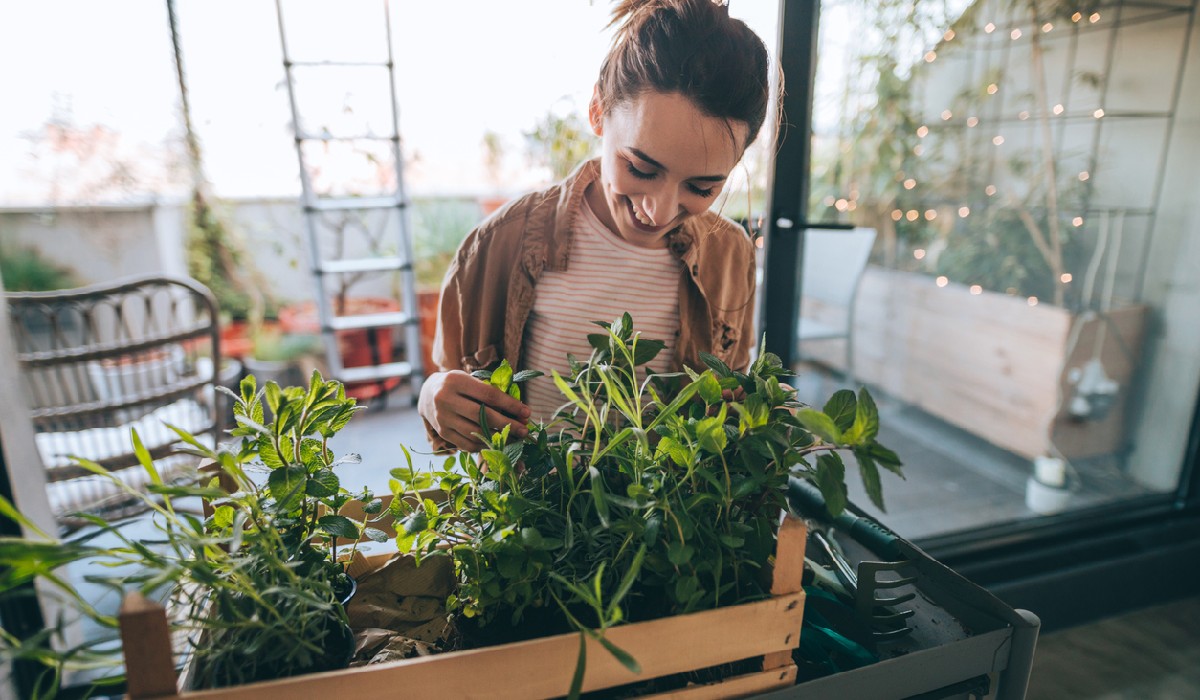Easiest Vegetables To Grow in Your Home Garden This Summer

Are you thinking about growing your vegetables this summer? Gardening can be a lot of fun and rewarding, but it can also be intimidating if you’re a beginner. This article will share our top picks for the easiest vegetables to grow in your home garden this summer. So whether you’re a novice or a pro, these vegetables will make your gardening journey a breeze.
We’ll start by discussing what you need to consider before planting vegetables, like the soil type and the amount of sunlight your backyard receives. Then, we’ll review our list of easy vegetables anyone can grow at home. Get ready to create the home garden of your dreams this summer.
Types of Easy-to-Grow Vegetables
Leafy greens, like lettuce, spinach, chard, kale, and collards, are some of the easiest vegetables to grow in a home garden. Tomatoes, squash, peppers, and other vining vegetables, such as cucumbers and pumpkins, are also easy to grow. All of these can be grown from seeds or transplanted from nursery plants.
Preparing Your Soil for Your Vegetable Garden
The key to growing healthy and abundant vegetables is nutrient-rich soil. Start by testing your soil’s pH with a soil test kit, available at most gardening stores. The ideal soil pH for most vegetable crops is around 6.5-7, though you may need to adjust depending on your planting crop.
Once you’ve determined your soil’s pH level, add any necessary nutrients or amendments for balanced nutrition, such as compost or fertilizer specifically made for vegetable gardens. You also want to choose a location for your garden that gets full sun for at least 6-8 hours daily and has good drainage.
Planting the Vegetables
Seeds or transplants can be planted directly into the prepared soil once it’s ready. Simply sow seeds according to their instructions into the ground. You should plant transplants at the same depth they were previously growing and give adequate space between each plant.
Water regularly so that the top few inches of soil stay moist until seedlings appear, at which time you should reduce watering time to avoid overwatering the seedlings. Lastly, if planting vining vegetables like cucumbers or squash, create a support system such as trellises or cages to provide something for them to climb on as they grow larger.
Maintaining Your Vegetable Garden
To get the best harvest possible from your garden this summer, you must consistently maintain it throughout the season. Start by adding a layer of mulch around your plants. This helps keep weeds away and maintains moisture levels in the soil, so you don’t have to water as often.
You should also monitor for weeds and pull up any that appear near your plants so they don’t compete for resources like light and water. Fertilizing your soil with an organic fertilizer every 4-6 weeks is also helpful in boosting growth and ensuring bountiful harvests. Lastly, inspect your plants regularly for signs of pests such as caterpillars or aphids that can damage crops. If needed, use a natural insecticide like neem oil to take care of any infestations quickly and safely.
Harvesting Your Vegetables
When it comes time to harvest your vegetables, knowing when is just as important as knowing how. When it comes to harvesting, leafy greens are typically ready when they reach a height of 3-4 inches. Tomatoes usually change color to red when they ripen, but it’s advisable to wait a few more days before picking them from the vine.
To determine their readiness for picking, keep an eye out for indicators like splitting skin and slight wrinkling of the shoulders near the stem. To safely harvest your vegetables, use scissors, pruners, or harvesting knives designed specifically for gardening tasks. Avoid using kitchen knives unless it is absolutely necessary since they could damage other plants nearby. Store any harvested vegetables immediately, either in refrigeration or by drying them out.
Conclusion
Growing vegetables in your home garden this summer can be a great way to get fresh produce without going to the supermarket, provided you choose easy-to-grow veggies like leafy greens, tomatoes, squash, and peppers.
Before starting your garden, prepare your soil by testing its pH level and adding any necessary nutrients or amendments, then sow seeds or transplant nursery stock into these ideal conditions. Finally, remember that ongoing maintenance throughout the growing season is essential. Add mulch and pull weeds regularly while monitoring for pests to get a great harvest come summertime.